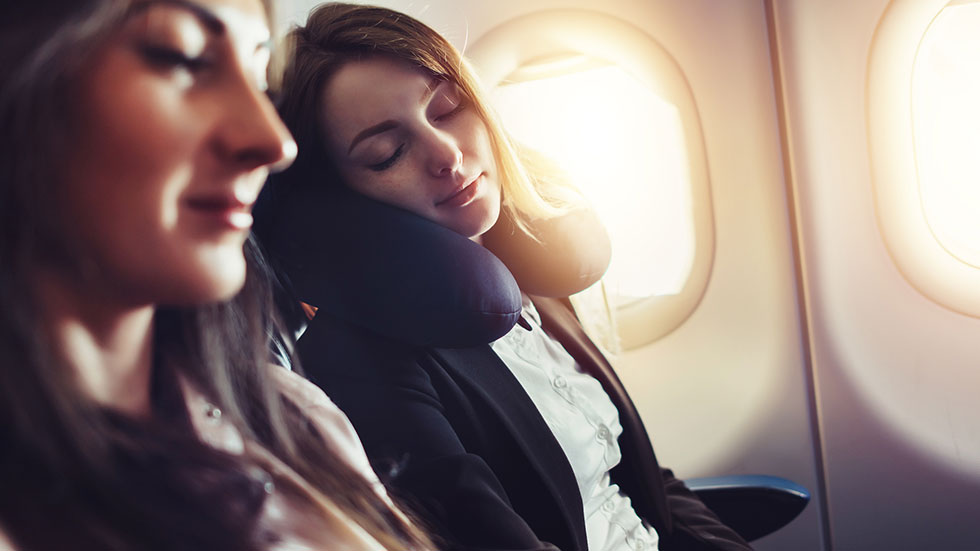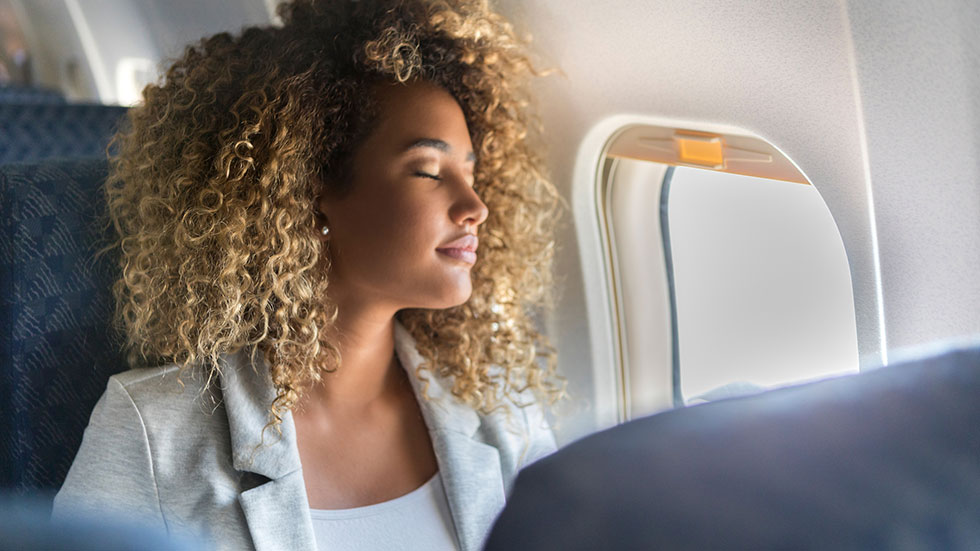Why Are Most Plane Seats Blue, And Other Facts About Aircraft Design
KEY CONFIGURATIONS & THE REASONS BEHIND THEM


The more your fly, the more your experience allows you to relax and pay less attention to the process of traveling. This familiarity can let your mind wander to topics like why things are done the way they are.
You may have wondered why the airplane you are riding on is designed or configured in a specific manner. From color choices to lighting designs, a lot goes into developing a modern airliner, all with passenger comfort in mind.

AIRPLANE SEATS
Can you recall the color of your seat on the last airplane you traveled on? If you said blue, you're not alone. Many airlines specifically choose blue for its purported psychological and practical benefits.
In a press release, a Boeing spokesperson admitted that "color psychology plays an important role in developing the overall look" of a plane's interior. Blue is a common choice for cabins as it "is nearly unanimously associated with peace."
Even passengers not fearful of flying can benefit from a blue color selection. According to color psychologists, blue "promotes trust and dependability" and "is a nonaggressive color that encourages serenity, orderliness, and tranquility."
On the practical side, blue seats need to be replaced less often because "dirt, stains, and scrapes are less visible," notes Engineering Insider.

MOOD LIGHTING
If planes had dingy, yellow fluorescent lighting down the aisle the last time you flew, you are in for a surprise the next time you take to the skies. Today's new planes can use various light colors, both down the aisle and across the ceiling.
As airlines update their fleets, either through buying new aircraft or retrofitting old ones, they are rolling out advanced lighting systems, which have psychological and practical purposes.
While fun lights may partly target a younger market and help with branding, there is science behind the lighting. Delta Airlines chose manufacturer STG Aerospace's liTeMood® LED system for its new Airbus planes. In a press release, STG Aerospace explains the lighting includes "the Delta signature blue and modes that help compensate for jet lag and fatigue."
LED lighting can also take on different hues based on the timeframe of the flight. Prizm Lighting explains that, for example, "…simulated sunset or sunrise color choices can help travelers as they travel across numerous time zones. Deep blues can help induce sleep, while reds and warmer tones can be used to simulate natural light."
From a practical standpoint, LED lights "last longer and use less energy than fluorescents, which saves money over time," points out Vox.com.

AIR PRESSURE
Aircraft are pressurized to allow passengers to breathe comfortably and get enough oxygen in at higher altitudes. However, Aircraft manufacturers have to balance selecting the most comfortable pressure with the weight and the costs required to provide a comfortable environment in the air. Historically, "the greater the...pressure, the stronger (and heavier) the airplane must be built."
Boeing, however, increased the pressure in its 787 Dreamliner aircraft to mimic the equivalent of an altitude of 6,000 feet. This was possible by building the plane out of lighter and more durable "carbon-fiber reinforced plastics...instead of... aluminum." This change, coupled with an "increase in cabin humidity," may "greatly reduce the effect of jet lag on passengers," according to Business Insider.
